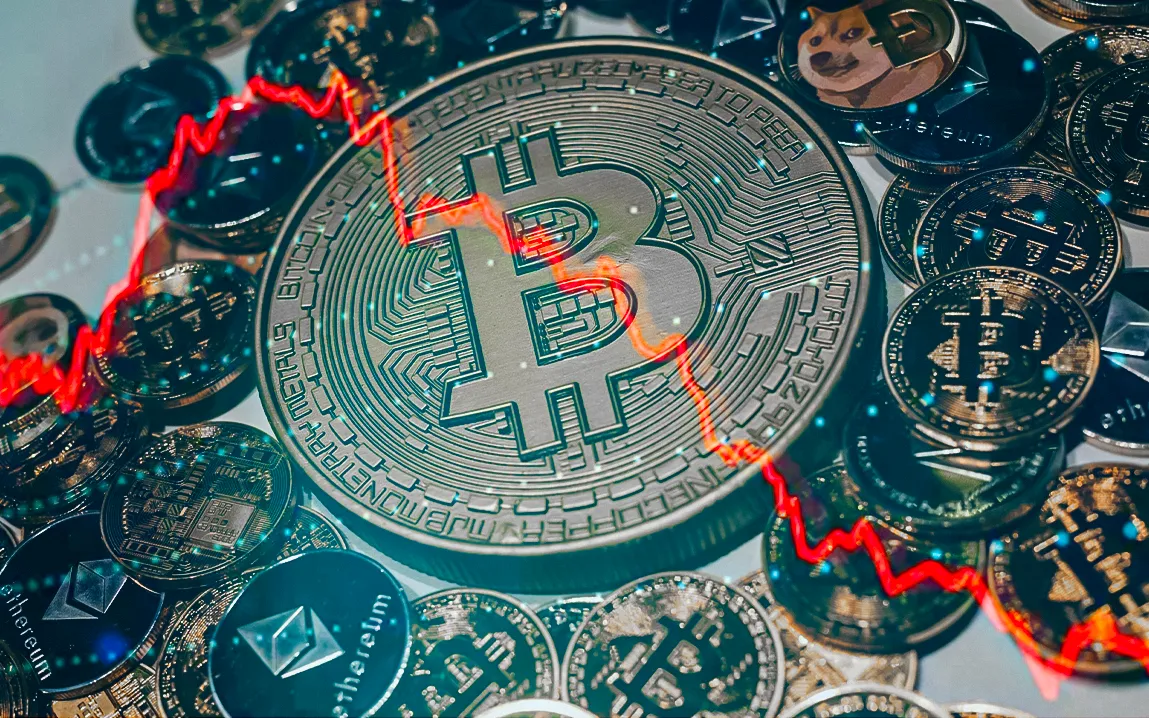House Financial Services members French Hill and Bryan Steil identify the necessity for strong digital asset law to stimulate innovation, keep consumers safe, and enhance the international position of the U.S. dollar.
In a previous op-ed, House Financial Services Committee Chairman French Hill (R-AR) and Digital Assets Subcommittee Chairman Bryan Steil (R-WI) cited the pressing need for a sweeping digital asset legislative framework. They contend that clear regulatory frameworks are critical to supporting innovation, safeguarding consumers, and ensuring the United States remains at the forefront of financial technology.
A Call for Clear Regulations
Hill and Steil point to the quick pace at which digital assets have gained ground, with over half of American investors now owning Bitcoin and over 40 million Americans holding some type of cryptocurrency. As impressive as this growth has been, they argue that past regulatory policy has been contradictory and even sometimes hostile to innovation, deterring it and leaving consumers vulnerable.
Bipartisan Legislative Efforts
After earlier efforts, the legislators presented a bipartisan bill that is aimed at giving a forward-looking regulatory framework to digital assets. The bill seeks to create consumer protections, deal with national security issues, and place the U.S. at the forefront of blockchain technology. One of the major aspects of the bill is the establishment of open rules for stablecoins, which are cryptocurrencies backed by fiat assets such as the U.S. dollar.
Engaging Stakeholders
Hill and Steil have put out a discussion draft of the bill, soliciting comments from consumers, industry players, and other stakeholders. This open-door approach is intended to hone the legislation to achieve the right balance between innovation and regulatory protection.
Making the U.S. Dollar Stronger
The regime in question not only seeks to control digital assets but also the enhancement of the position of the U.S. dollar as the international reserve currency. Through a clear definition of a regulatory regime, the U.S. can encourage dollar-backed stablecoins, which can provide consumers with stable digital payment channels and strengthen the dollar’s position as central in world finance.
Conclusion
With digital money increasingly a part of the financial system, Hill and Steil’s assertive legislative strategy attempts to reap the rewards of such technology while imposing strong consumer and security safeguards. Their action reflects a commitment to preserving the United States’ leadership role in the rapidly changing environment of digital finance.



